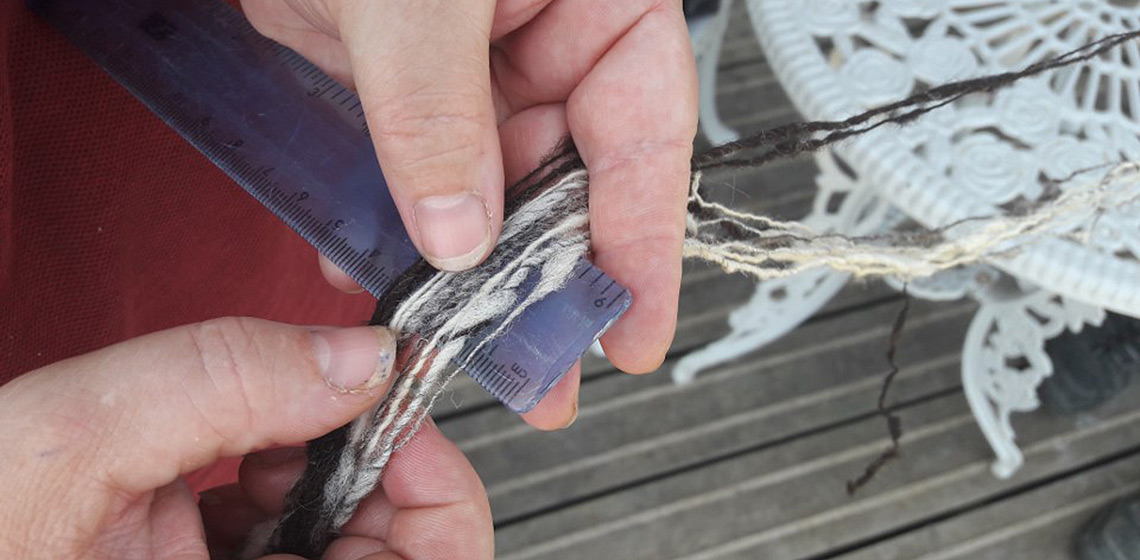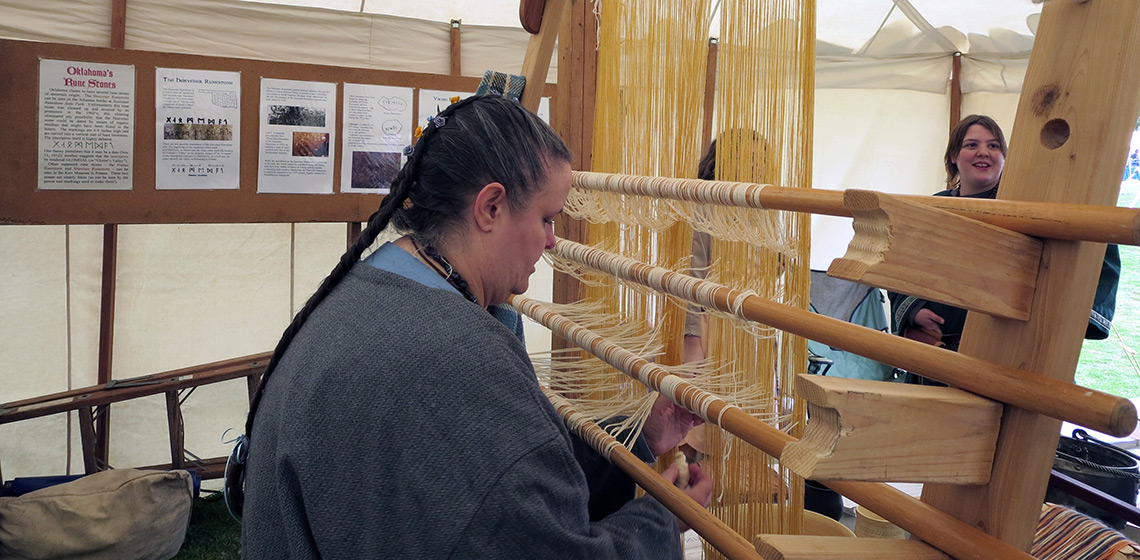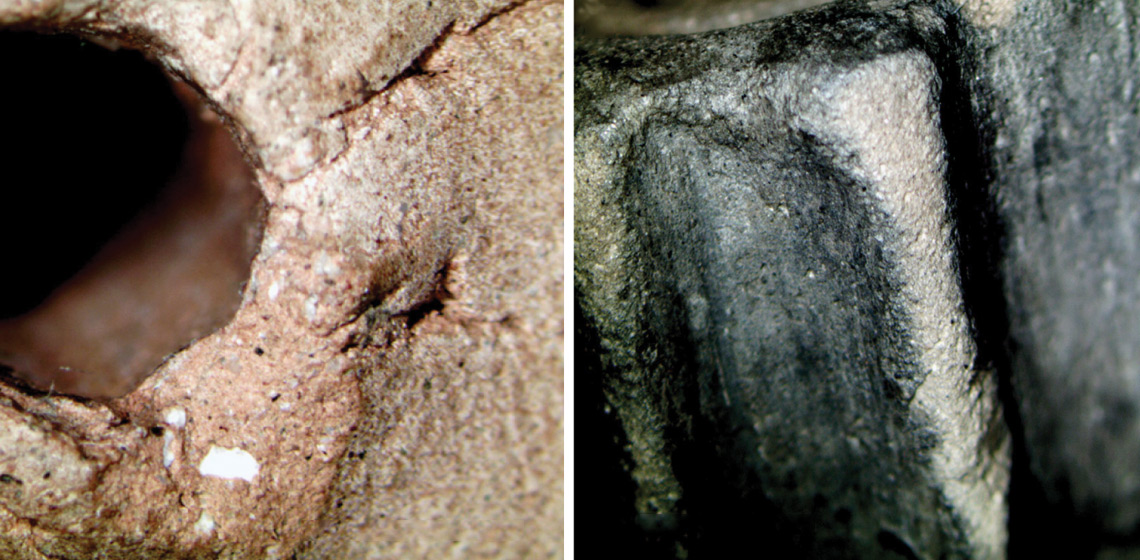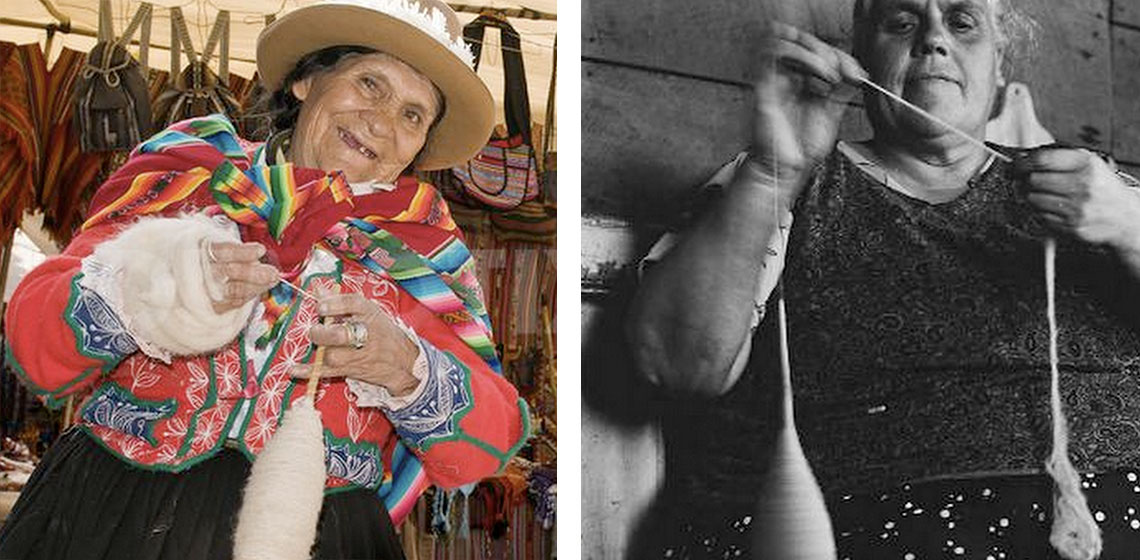spinning
Recreating Historic European Spindle Spinning
Publication Date
Spinning is a vital step in the production of textiles, whereby fibres are drawn out (drafted) and twisted together to make thread. In the present day, several culturally unique types of spinning are recognised, such as the thigh-rolling technique of traditional Navajo spinners who use unusually large spindles in a supported style (Wolf Creek, 2009)...
Weaving Production in Butser Ancient Farm Roundhouses in the South of England
Publication Date
From 2015 to 2017 a series of weaving experiments using warp-weighted looms were conducted in the roundhouses at Butser Ancient Farm. The aim was to focus on the working environment within the roundhouse and to assess any potential issues that may occur whilst weaving, including benefits. The results of the research would also assist in evaluating any seasonal patterns which cause productivity to...
Working with Artisans; The ‘It Depends’ Dilemma
Publication Date
We live in a world where scientific method is both the expected and accepted path to knowledge. With any scientific method, experiments based on detailed, well-documented, well-considered theories, and precise set-ups must be replicated exactly by others who come to the same conclusion to consider the information gleaned from them to be valid. This has become the accepted practice for most...
The Contribution of Experimental Archaeology in Addressing the Analysis of Residues on Spindle-Whorls
Publication Date
11th EAC Trento 2019
***This contribution focuses on residues developing on spindle-whorls during spinning. Such a kind of tools is largely diffused in archaeological contexts where spindle-whorls were used in textile activities or deposited in burials as grave goods. Scholars recently approached the analysis of these objects through experimental archaeology to better understand their wide variation in size and shape especially in relationship with the adoption of...
***This contribution focuses on residues developing on spindle-whorls during spinning. Such a kind of tools is largely diffused in archaeological contexts where spindle-whorls were used in textile activities or deposited in burials as grave goods. Scholars recently approached the analysis of these objects through experimental archaeology to better understand their wide variation in size and shape especially in relationship with the adoption of...
Variables and Assumptions in Modern Interpretation of Ancient Spinning Technique and Technology Through Archaeological Experimentation
Publication Date
This paper takes the form of a critical analysis of archaeological experiments using spinning tools. The archaeological experiments regarding whorl weight and wool spinning of the Tools and Textiles – Texts and Contexts project, through the Danish National Research Foundation’s Centre for Textile Research, are examined with respect to a number of variables...
50th Anniversary of L’Anse aux Meadows, Newfoundland, Canada
Publication Date
The summer of 2010 saw the 50th anniversary of the discovery of the Viking Era site at L’Anse aux Meadows in Newfoundland Canada. To celebrate this milestone Parks Canada arranged a number of special events, including an August visit from the Dark Ages Re-creation Company (DARC)...






